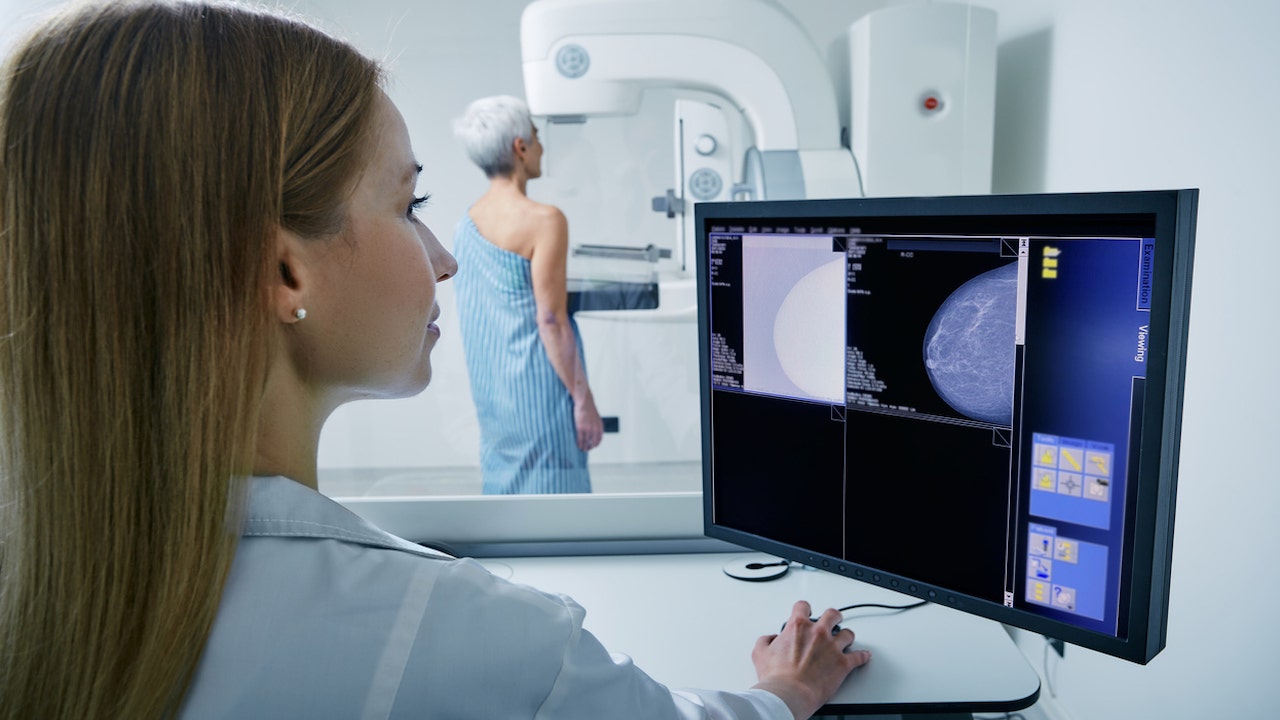Researchers in the United Kingdom are leveraging artificial intelligence (AI) to analyze mammogram images by emulating the viewing patterns of human radiologists. The initiative, led by Hantao Liu, an associate professor at Cardiff University, aims to enhance the accuracy and efficiency of scans, resulting in earlier detection of breast cancer and informed decision-making.
Rather than replacing radiologists, the AI solution’s goal is to improve their diagnostic abilities. By identifying areas that radiologists are most likely to examine during diagnoses, the trained AI system can assist in pinpointing potentially suspicious regions on scans. This collaborative approach positions the AI as a reliable colleague or “critical friend.”
While currently focused on analyzing mammograms, the team is actively working to expand the AI’s capabilities to other medical images, such as chest X-rays. The development of AI-enriched training tools for junior radiologists is a prospective application, as it could help alleviate the staffing shortage—a significant concern facing UK radiology departments.
However, the researchers aim to adapt the AI system to specific radiologists’ and hospitals’ requirements to ensure effective deployment and integration into diverse environments. They intend to continue refining the technology through ongoing collaboration with professionals and organizations like Breast Test Wales, which offers mammogram screening programs in the UK.
Dr. Harvey Castro, an emergency medicine physician and expert in AI in healthcare, regards this AI model as an innovative development that can significantly enhance early breast cancer detection and diagnostic efficiency. The AI technology, by processing a substantial number of scans, can provide radiologists with additional time to focus on complex cases and expedite treatment initiation when necessary. Castro points out that the AI could also serve as an educational tool for medical students and junior doctors to enhance their diagnostic skills.
Nevertheless, concerns remain regarding the reliance on radiologists’ eye movements, as the AI system may inherit any biases or blind spots that radiologists possess. Additionally, while the AI can highlight areas of concern, the final diagnosis still depends on the radiologist’s expertise. Castro emphasizes the importance of leveraging AI to improve patient outcomes and healthcare accessibility while addressing limitations and concerns associated with this technology.
Overall, the ultimate objective is to utilize AI to enhance patient care, making healthcare more accessible, efficient, and impactful for everyone.
Denial of responsibility! VigourTimes is an automatic aggregator of Global media. In each content, the hyperlink to the primary source is specified. All trademarks belong to their rightful owners, and all materials to their authors. For any complaint, please reach us at – [email protected]. We will take necessary action within 24 hours.


